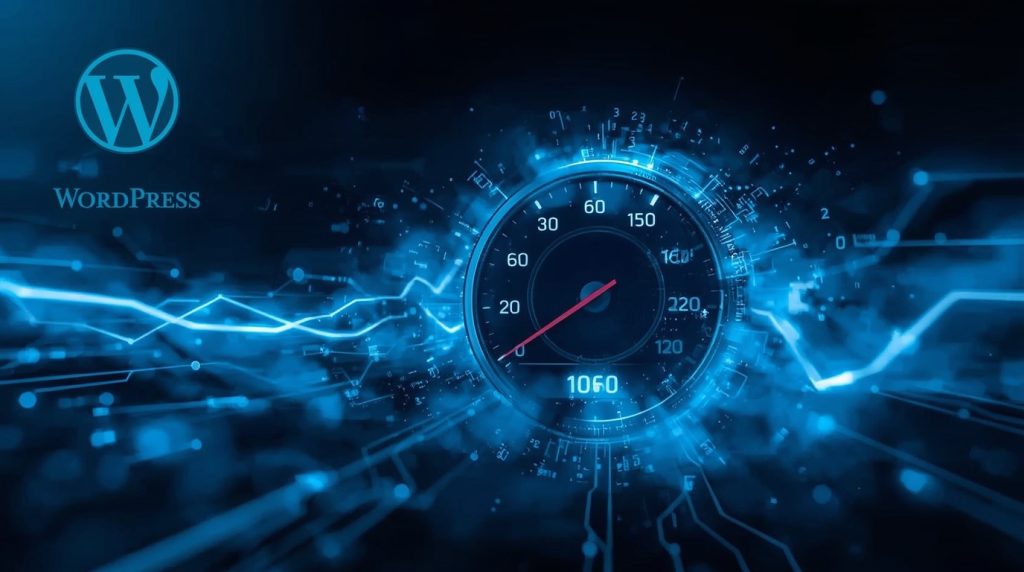Website speed isn’t just a “nice-to-have”—it’s critical. A slow WordPress site can hurt your SEO, frustrate your users, and decrease your conversions. In this guide, we’ll walk you through the best WordPress speed optimization practices that will dramatically improve your site’s performance.
Why Website Speed Matters
-
Better User Experience: Visitors expect your site to load in under 3 seconds.
-
Higher Search Rankings: Google uses site speed as a ranking factor.
-
Increased Conversions: A 1-second delay can reduce conversions by 7% or more.
-
Lower Bounce Rate: Fast-loading pages keep visitors engaged.
🛠️ Proven WordPress Speed Optimization Techniques
1. Choose a Fast & Lightweight Theme
Themes packed with unnecessary features can slow your site. Choose a lightweight theme like:
-
Astra
-
GeneratePress
-
Neve
2. Use a Caching Plugin
Caching reduces the load on your server by storing static versions of your pages. Top caching plugins:
-
WP Rocket (premium & beginner-friendly)
-
W3 Total Cache
-
LiteSpeed Cache
3. Optimize Images
Images are often the heaviest part of your site. Use tools like:
-
Smush
-
ShortPixel
-
TinyPNG
Also, serve images in next-gen formats like WebP.
4. Minify HTML, CSS, and JavaScript
Minification removes unnecessary characters from your code. You can automate this with:
-
Autoptimize
-
Asset CleanUp
-
WP Rocket
5. Use a Content Delivery Network (CDN)
A CDN stores your content across multiple locations worldwide, serving it from the nearest server.
Top CDNs:
-
Cloudflare (free option available)
-
BunnyCDN
-
KeyCDN
6. Limit Plugins
Deactivate or delete plugins you don’t use. Avoid using multiple plugins that serve the same function, and always choose well-coded, lightweight plugins.
7. Enable Lazy Loading
Lazy loading ensures that images and videos are only loaded when visible on the user’s screen. WordPress 5.5+ supports lazy loading natively, but plugins like a3 Lazy Load offer extra control.
8. Optimize Your Database
Over time, your database can get bloated with revisions, spam comments, and transient options.
Use plugins like:
-
WP-Optimize
-
Advanced Database Cleaner
9. Use a Reliable Hosting Provider
Your hosting plays a major role in your site speed. Choose a provider optimized for WordPress such as:
-
SiteGround
-
Kinsta
-
Cloudways
10. Regularly Test Your Speed
Use tools like:
Final Thoughts
Speeding up your WordPress site is not just about installing plugins—it’s about making smart, consistent optimizations. By following the steps above, you can ensure your site is fast, efficient, and user-friendly.
A faster site means happier visitors, better SEO, and more conversions. Start optimizing today!









